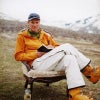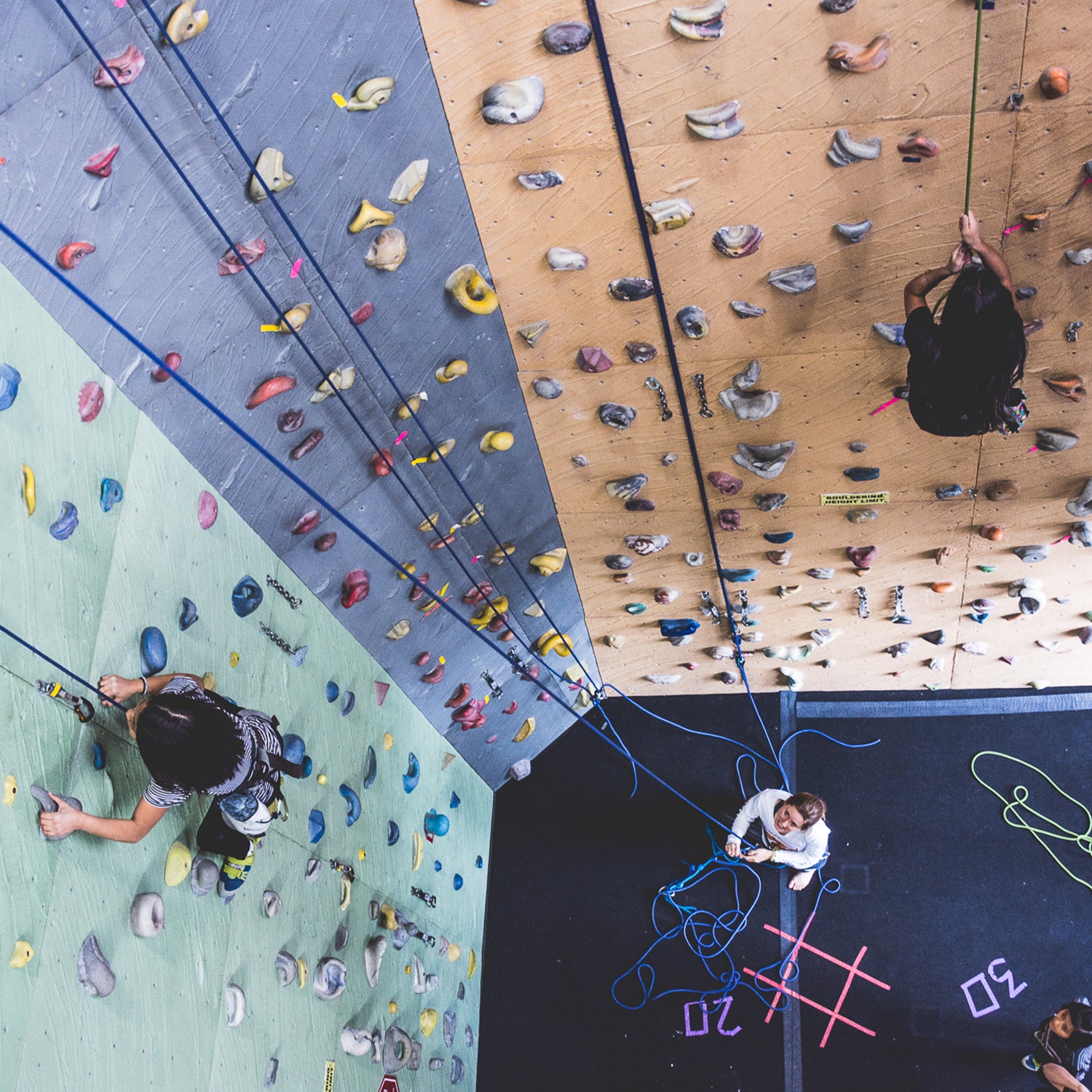On a recent Wednesday afternoon in Seattle, a van stopped before the Vertical World climbing gym, in an industrial part of the city. A group of kids—from elementary schoolers through high schoolers—tumbled from the vehicle and headed inside.
It was a bit past 3 p.m. and the climbing gym was still quiet. Soon enough, the routes would fill with gym’s usual clientele, which is to say largely white, educated, financially comfortable people in their 20s and 30s.
The new arrivals didn’t fit that demographic. There was the fact of their age, of course. And as recently as a few months ago, they had lived in places such as Bhutan, Syria, Myanmar, Nepal, and Iraq. They were refugees.
Washington State is one of the top states in the nation for refugee resettlement. Nearly 4,000 newcomers—refugees and those with Special Immigrant Visas, which includes people who worked with the U.S. Armed Forces in places such as Afghanistan and Iraq—were resettled in Washington in 2017 by groups such as the a humanitarian agency that helps refugees rebuild their lives. Two-thirds of that group came to King County, home to Seattle, says Amanda Cook, the Seattle youth program coordinator for IRC. The majority are from Ukraine and Afghanistan, but people also arrived from Iraq, Somalia, Myanmar, the Democratic Republic of Congo, and other nations. A handful came from Syria. The IRC, which has resettled more than 25,000 people from more than 35 nations in the greater Seattle area over the last four decades, oversees the new climbing program.
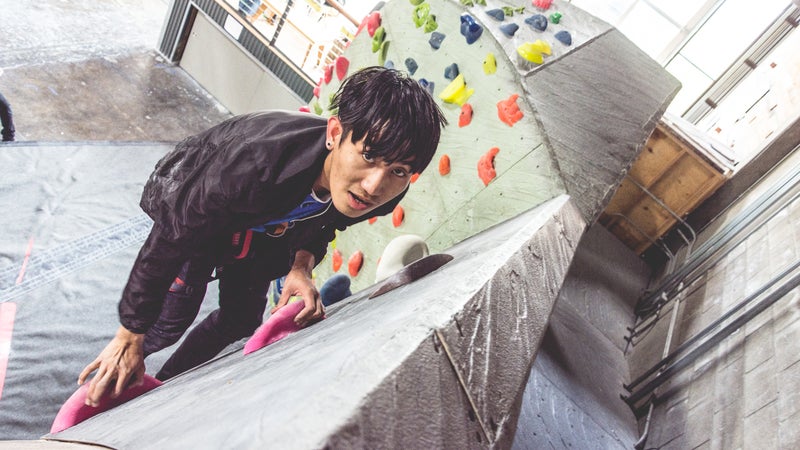
The two-month pilot program that brings 11 kids to the climbing gym every Wednesday is based on a simple hope: teaching kids how to conquer a steep route on the wall will help them surmount the obstacles they face in their daily lives. And they face a lot of them. Consider the language barrier: a Syrian child might have started school speaking Arabic, been forced to switch to Turkish while a refugee in that country, and now is expected to do homework in English at an American school, says Cook.
“On top of that, these kids are coming from conflict zones,” she says. They’ve been rattled by trauma. They have arrived in a strange new place, without friends or extended family. “It’s just huge stresses.”
Consider the rock gym a personal trainer for perseverance. Here you can throw yourself at something intimidating, fail, dust yourself off, figure it out, and try again—until you succeed. “They actually can see their improvements,” says Cook. Success, after failure, comes with a huge boost of self-confidence and a sense of accomplishment, she says. “That’s something I can’t give them when we go to the aquarium.”
Plus, it’s fun.
As the kids stand in a circle, swinging their arms and legs to warm up, Cook tells the group, “We have a long time today—an hour and a half. So should you climb 20 times in five minutes?”
“Yes!” shout several.
She grins, then tries to introduce the concept of pacing yourself.
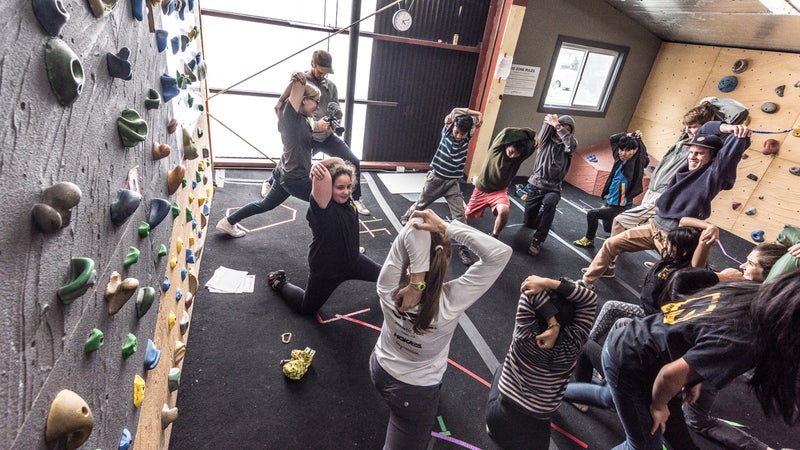
Her advice seems to fall on deaf ears. The kids tighten up their climbing shoes and strap on chalk bags. (Companies have donated both, along with backpacks.) Then they dash to the bouldering area and to the climbing routes.
“My first time, I was really scared,” a girl named Cing tells me between climbs. She is 12, and from Myanmar, and more talkative than the others, who tend to be wary of using their English. Her long black hair is gathered into a ponytail. Her painted fingernails are floured with chalk. “But now I’m not scared. I enjoy this rock climbing. My first time, I didn’t even want to try.”
After each climb, the kids studiously check a box on a worksheet with which they track their progress. They also fill out a sheet with vocabulary they learn: harness; dyno; crimp.
Later, Cing waves to me, then points at the wall. “I did that one—it’s 5.10a,” she says. “It’s very hard. My hands are sweaty. But I say in my brain, ‘If I give up, I will not be strong.’ So I try my best and I get to the top. I’m very proud.”
The idea for a climbing program began when a Seattle-area nonprofit that exposes underserved youth to rock climbing, teamed up with IRC to take some some refugee students on a few one-time climbing outings in 2017. The outings were a hit. The kids wanted more. The multi-week session was born. IRC recruits the young people and provides support, and Vertical Generation helps out on the climbing side. This summer the program also plans to take the students climbing outside. They’ll go to Exit 38, a popular rock-climbing spot just east of Seattle.
Every week, the kid climbers are accompanied by a volunteer mentor—the same person each week, who belays and gives advice and encouragement. The mentors also help with homework in English during the 45-minute weekly study sessions that precede the gym time. “Most English language learners only speak English for 90 seconds, in the classroom, per day,” Cook says. That’s not enough to gain proficiency. “This is 45 minutes, where there’s an adult there, who is just there to be with them.”
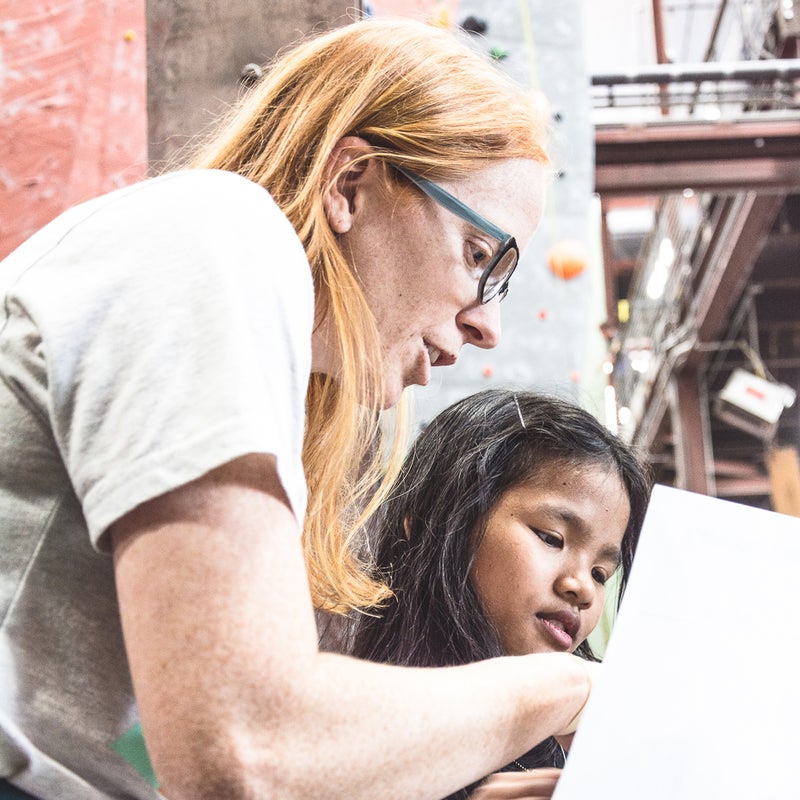
Having turned nearly a dozen kids into rock climbers, what happens next? “My biggest fear is that we can’t keep fostering it,” Cook says. Next, she hopes her organization can sponsor two groups—one with brand-new climbers, and one with kids from past classes, to continue to nurture their passion. The group has to fund the effort, with a goal of raising $60,000.
The afternoon flies by. Soon it’s time to go. The group swaps out rock shoes for street shoes, takes off chalk bags and sits for the “debrief,” each person reflecting on his or her favorite part of the day.
“I went all the way to the top on 5.10a.”
“I did 5.10a, too.”
“My least-favorite part is auto-belay. I don’t trust it.”
The van is waiting to take them back home. For the rest of the week, they’ll have other walls to climb. But perhaps those walls have just been made a little bit less intimidating.

